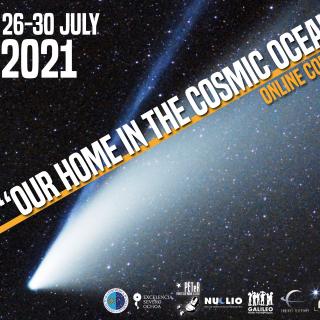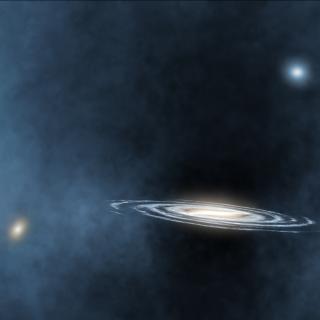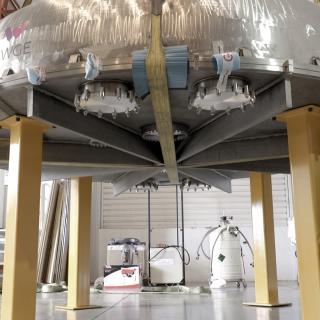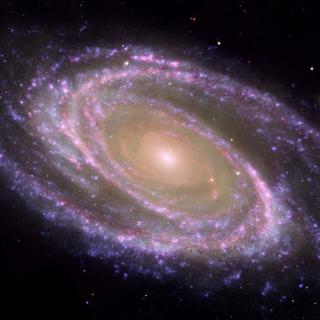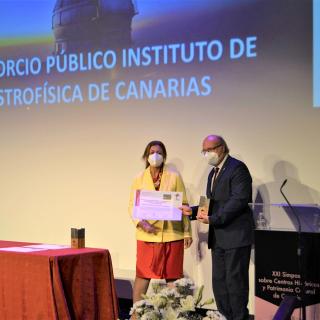
Last Saturday the International Centre for Heritage Conservation (CICOP, the initials of its name in Spanish) awarded the International Prize for the Conservation and Protection of the astronomical quality of the Canary sky to the Instituto de Astrofísica de Canarias (IAC) for its contribution to the preservation of the darkness and transparency of the sky over the Islands via the Canary Observatories and the Technical Office for the Protection of the Sky (OTPC), which offer protection against light and radio wave pollution atmospheric contamination: a contribution which is exceptional
Advertised on

